In recent weeks, anime enthusiasts online have been feeling pangs of nostalgia as they reminisce about beloved childhood shows like Beyblade.
Multiple generations have cherished the original action-packed series and its early gritty sequels, where the top-spinning Beyblade toys engaged in intense, high-stakes battles.
However, looking back as adults, many are realizing just how surprisingly dark and edgy some of those older anime could be.
For example, the combating Beyblades were sometimes depicted almost like weapons, aggressively attacking opponents.
Additionally, in even more fantastical scenes, they would unleash mystical powers, opening up gates to ominous demonic realms.
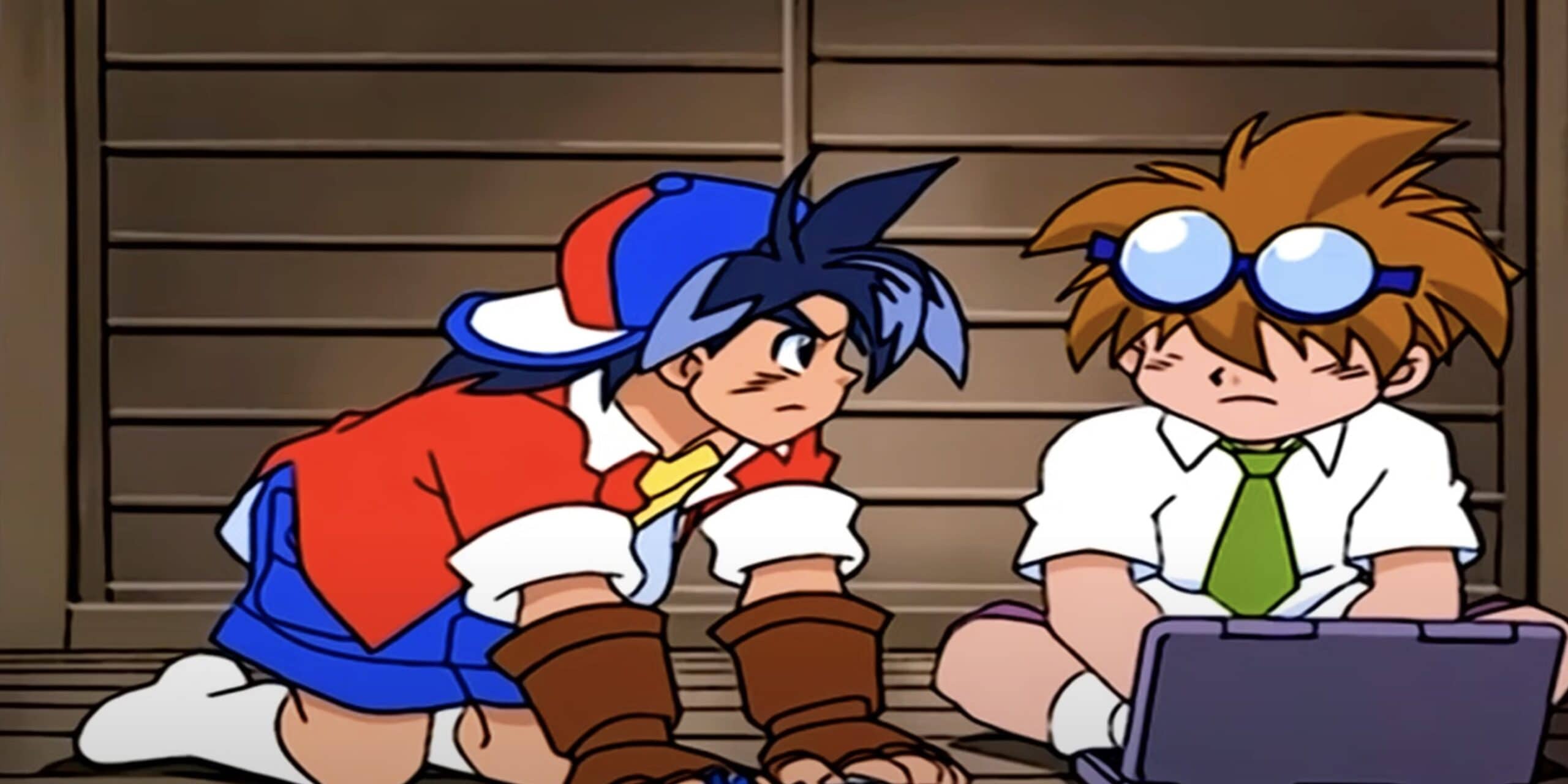
While thrilling and dramatic for young viewers, some of those over-the-top moments seem strikingly intense and inappropriate through today’s lens.
Still, the core of adventurous competition and friendship at the heart of each series remains powerfully nostalgic.
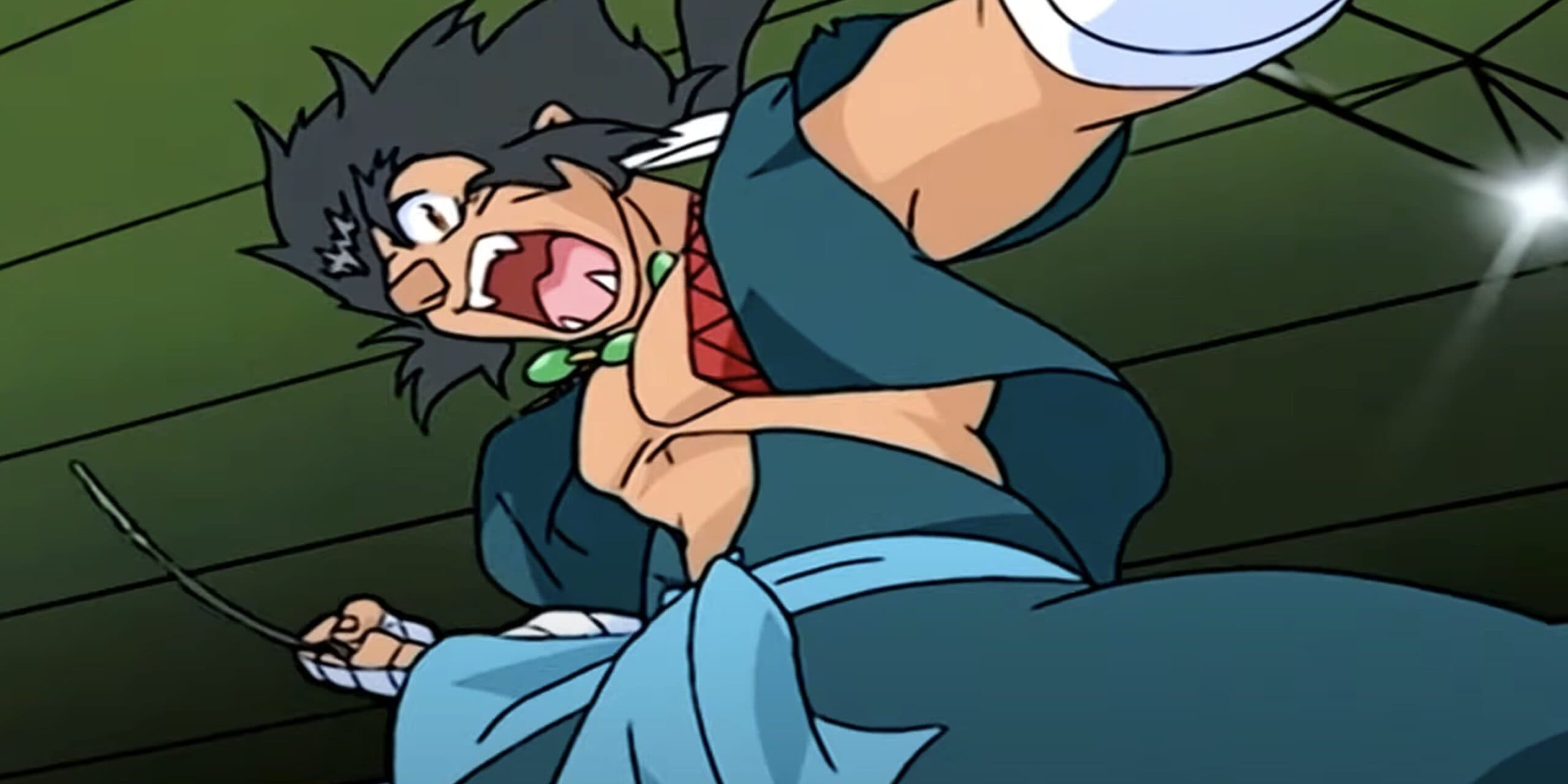
As more mature fans revisit and poke fun at especially absurd sequences, it’s a testament to how vividly the anime captured kids’ imaginations – for better or worse!
Beyblade X and the Evolution of Retro Anime, Balancing Action and Character-Driven Narratives
Piggybacking off the nostalgia for the classic Beyblade series, fans have also been showing appreciation for a wider range of beloved retro anime from the past couple of decades.

Shows like Code Lyoko, Inazuma Eleven, and Bakugan have been fondly remembered alongside Beyblade for their adventurous spirit and imagination-capturing qualities.
In contrast, commentary has noted how the current Beyblade installment, Beyblade X, diverges from its edgy predecessors by focusing more on nuanced character-driven narratives.
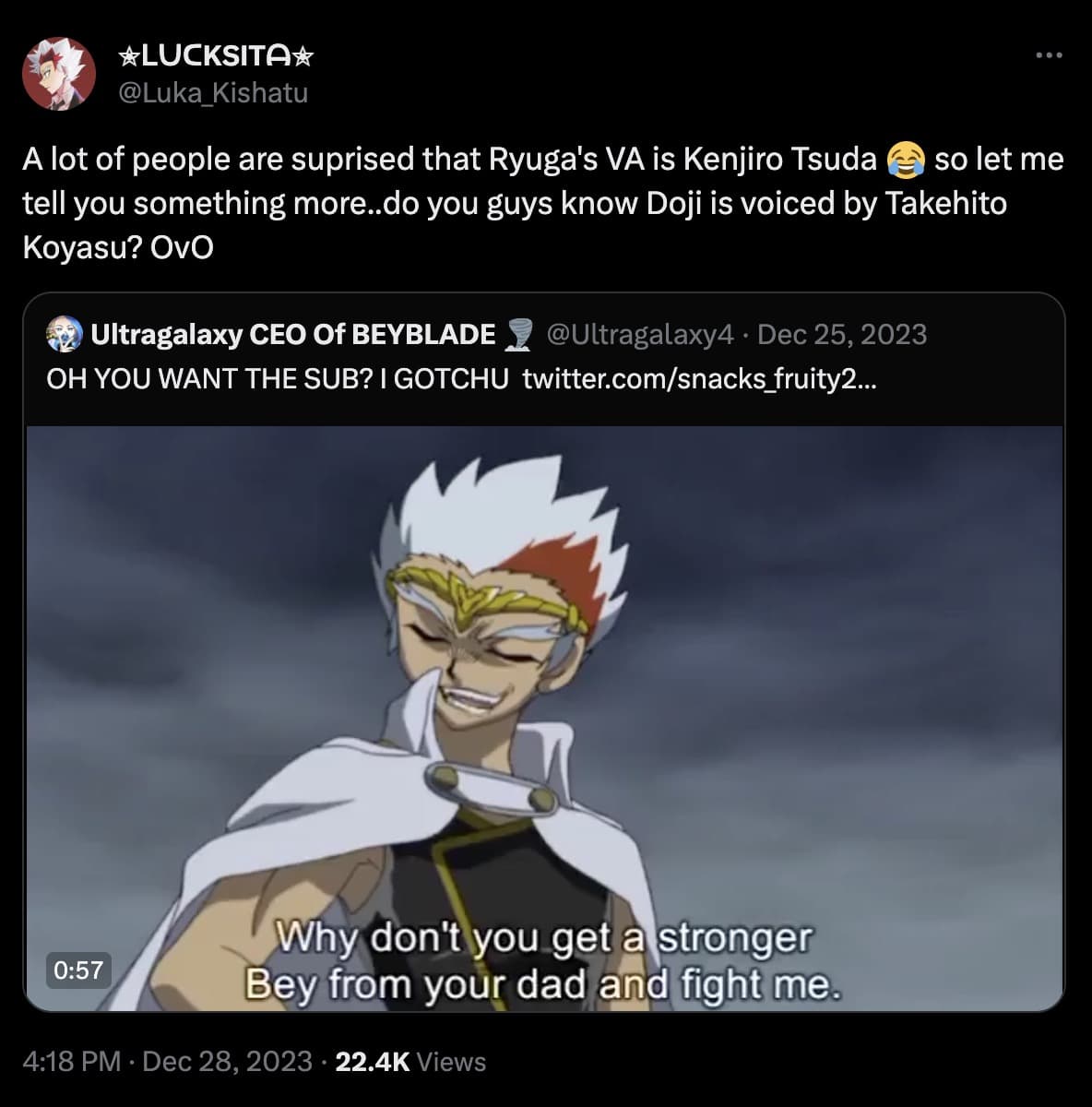
This adaptation of the Beyblade X manga comes from an all-star creative team, including Kakegurui manga author Homura Kawamoto collaborating with writer Hikaru Muno.
The series depicts more grounded personal stories about fighters quitting the sport when it’s no longer enjoyable or because real-life responsibilities take priority.
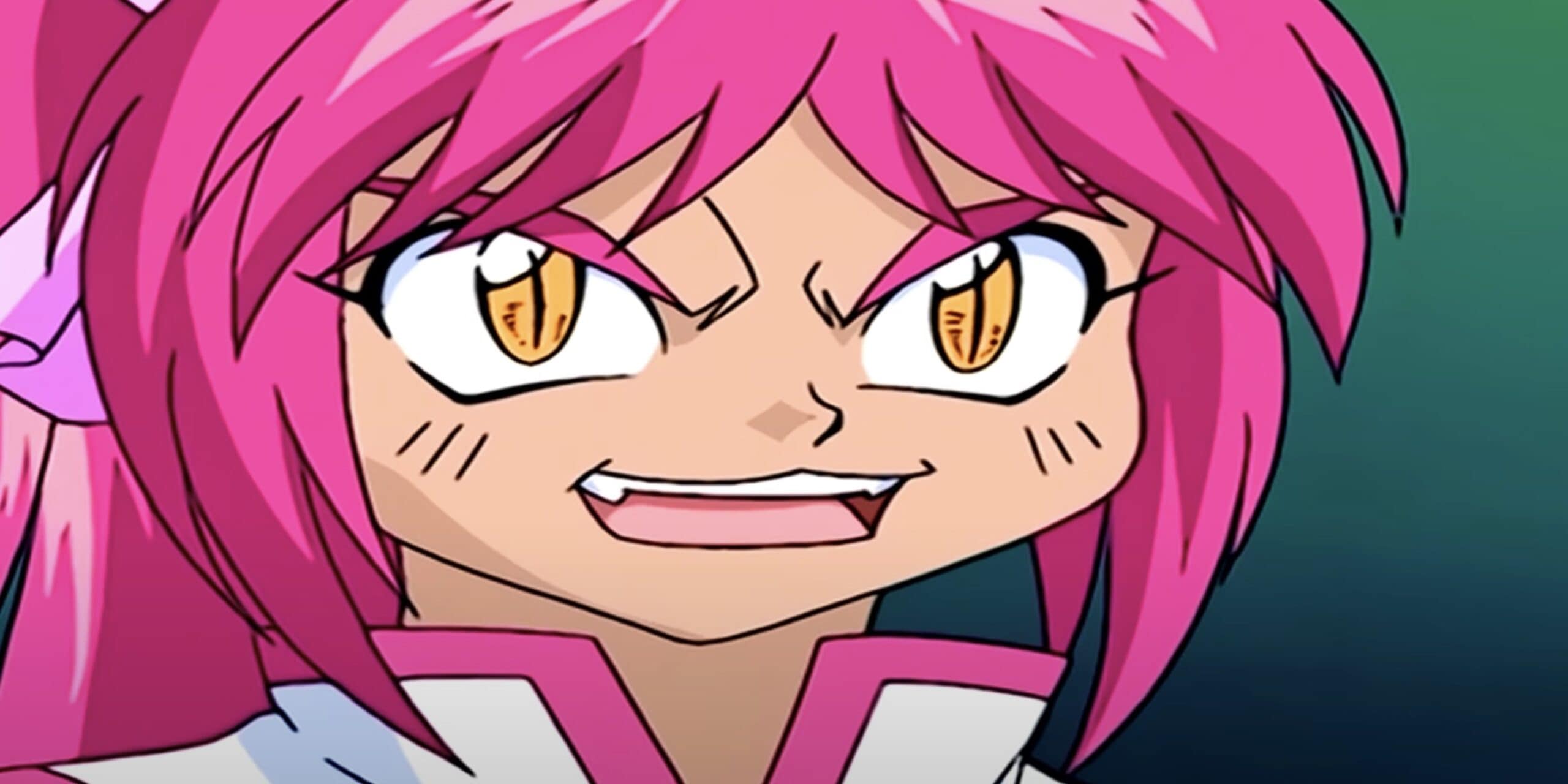
Together with the talented artwork of The Promised Neverland’s Posuka Demizu, this new character-first approach represents an evolution for the franchise.
As classic shows are revisited with modern eyes, there’s space for both appreciation of fantastical action as well as thoughtful coming-of-age stories about youth finding their way.
Beyblade X Transforms Toy and Competitive Scene into a Sophisticated Sporting Experience
Mirroring the anime’s grounded focus, the Beyblade toy and competitive scene has also matured into more of an advanced sporting event.
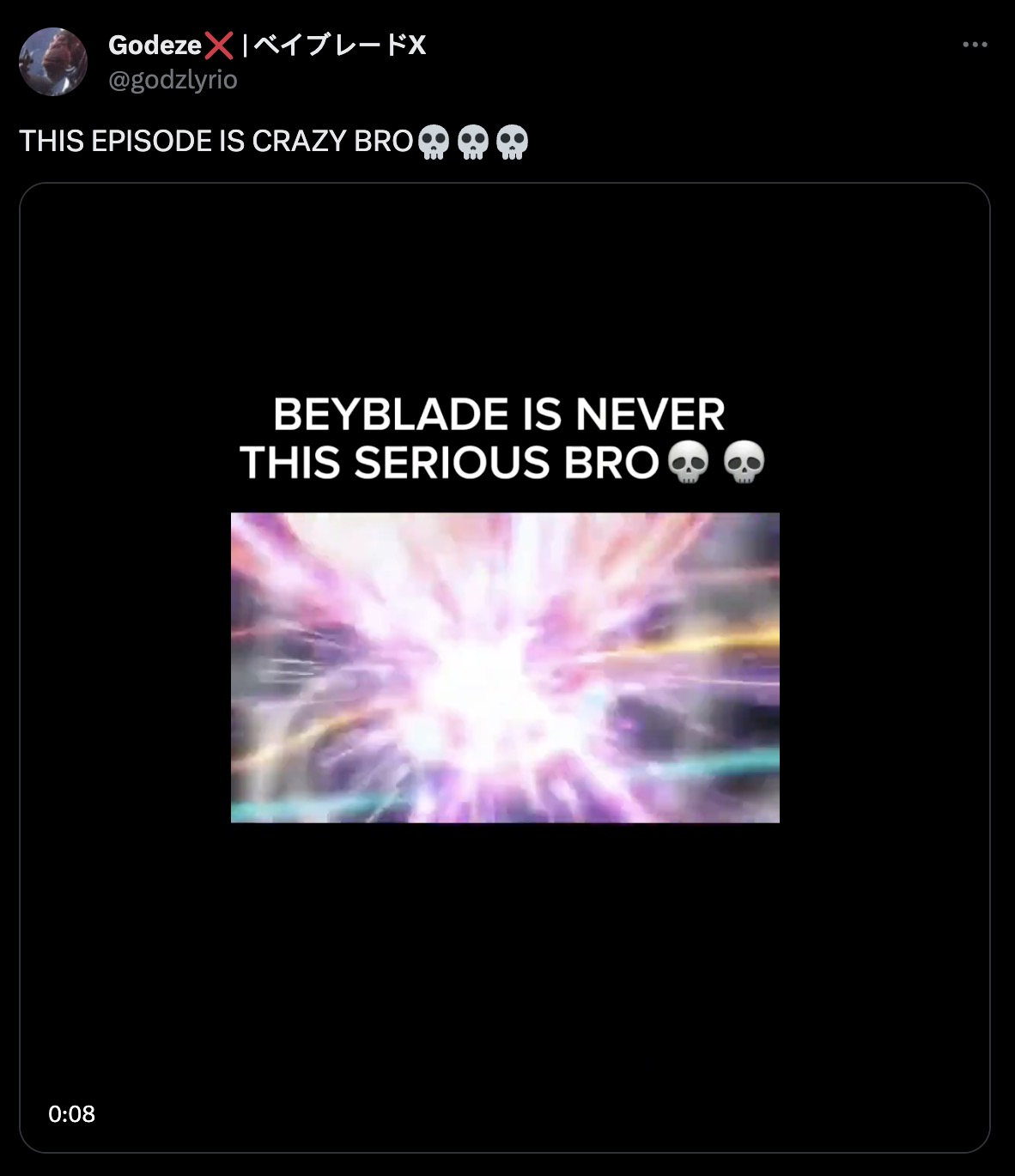
The state-of-the-art fourth-generation X series Beyblades feature intricate new stadium mechanics that enable blistering speeds and intricate maneuverability.
Specifically, the redesigned blades and arenas contain interlocking grooves that give players a major speed boost for Extreme (X) dashes when utilized strategically.
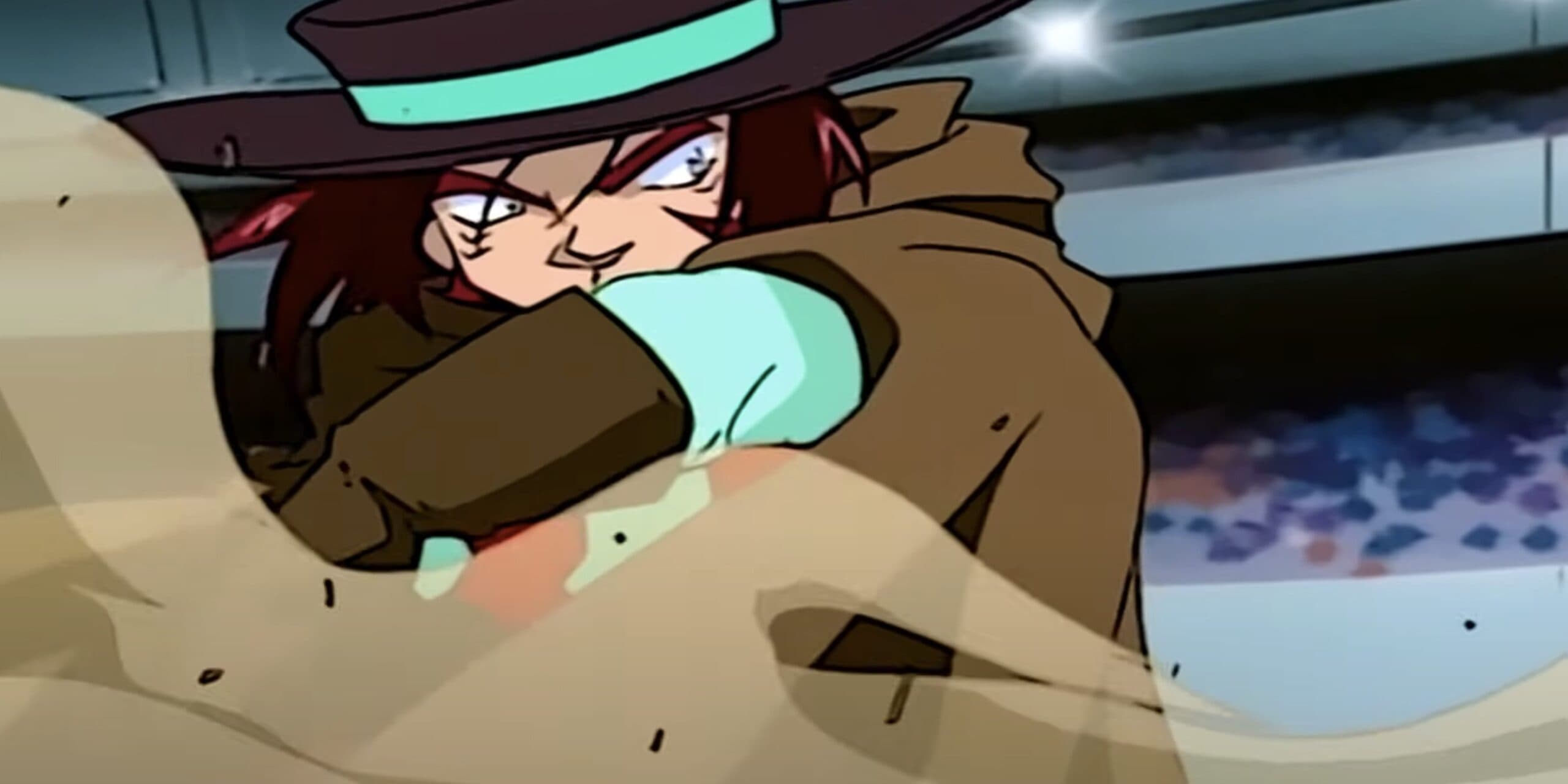
Per an official Beyblade press release, this injection of velocity increases match intensity, demands greater strategy, and allows for flashier, more dynamic battles.
Accordingly, the brand has defined a new “Gear Sports” vision moving forward – promoting Beyblade as a sophisticated, customizable competition that compels athletes to constantly improve their technical skills and game knowledge for elaborate custom setups.
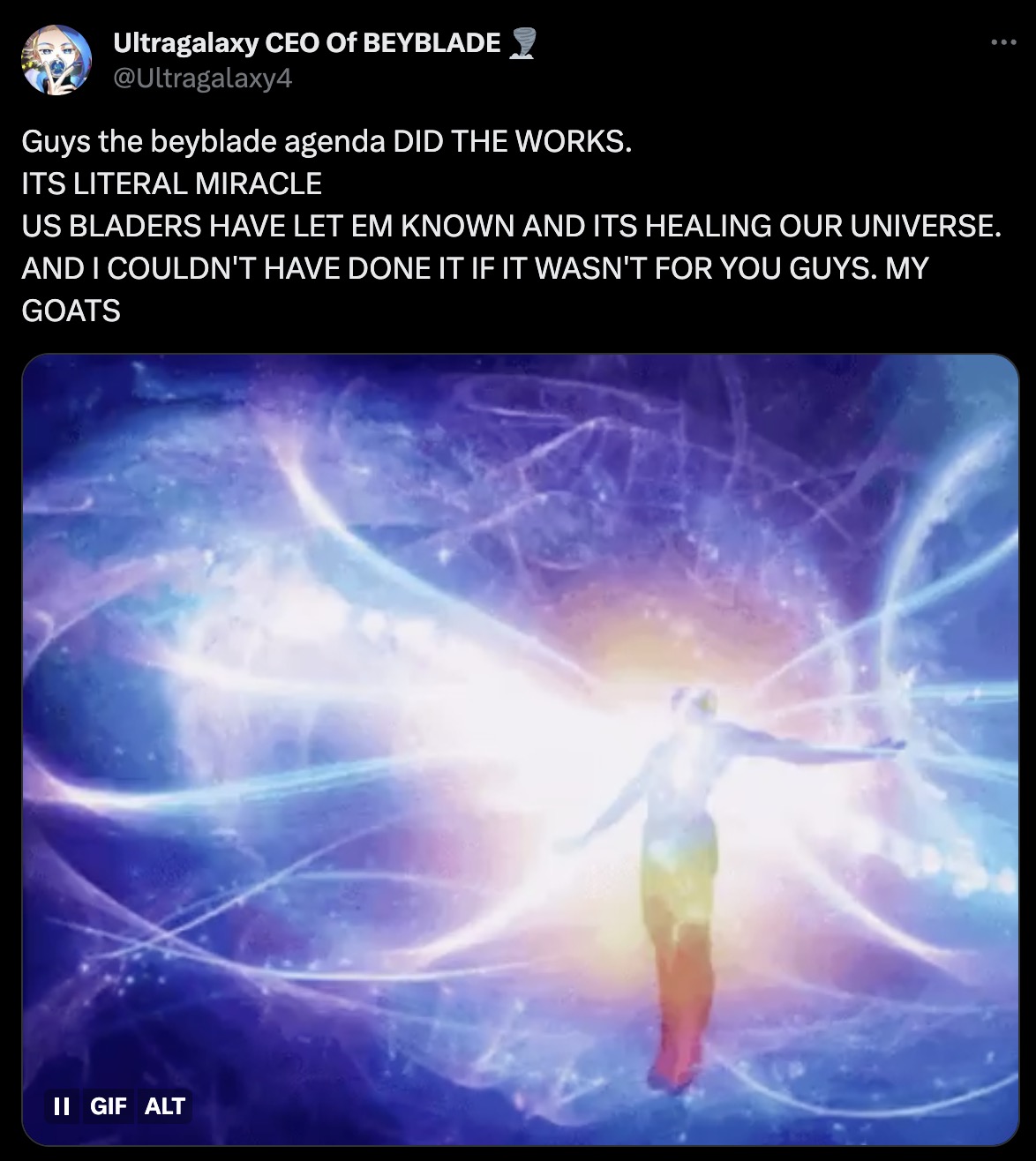
So as the anime depicts personal growth, the sport continues pushing competitive boundaries. This dual trajectory shows an edgy old franchise growing up in nuance, while still retaining its core spirit.
Beyblade X Goes Global, Promising Intense Battles and Unseen Horizons in its International Release
The global reach of the Beyblade phenomenon continues expanding with an international release for Beyblade X recently publicized.
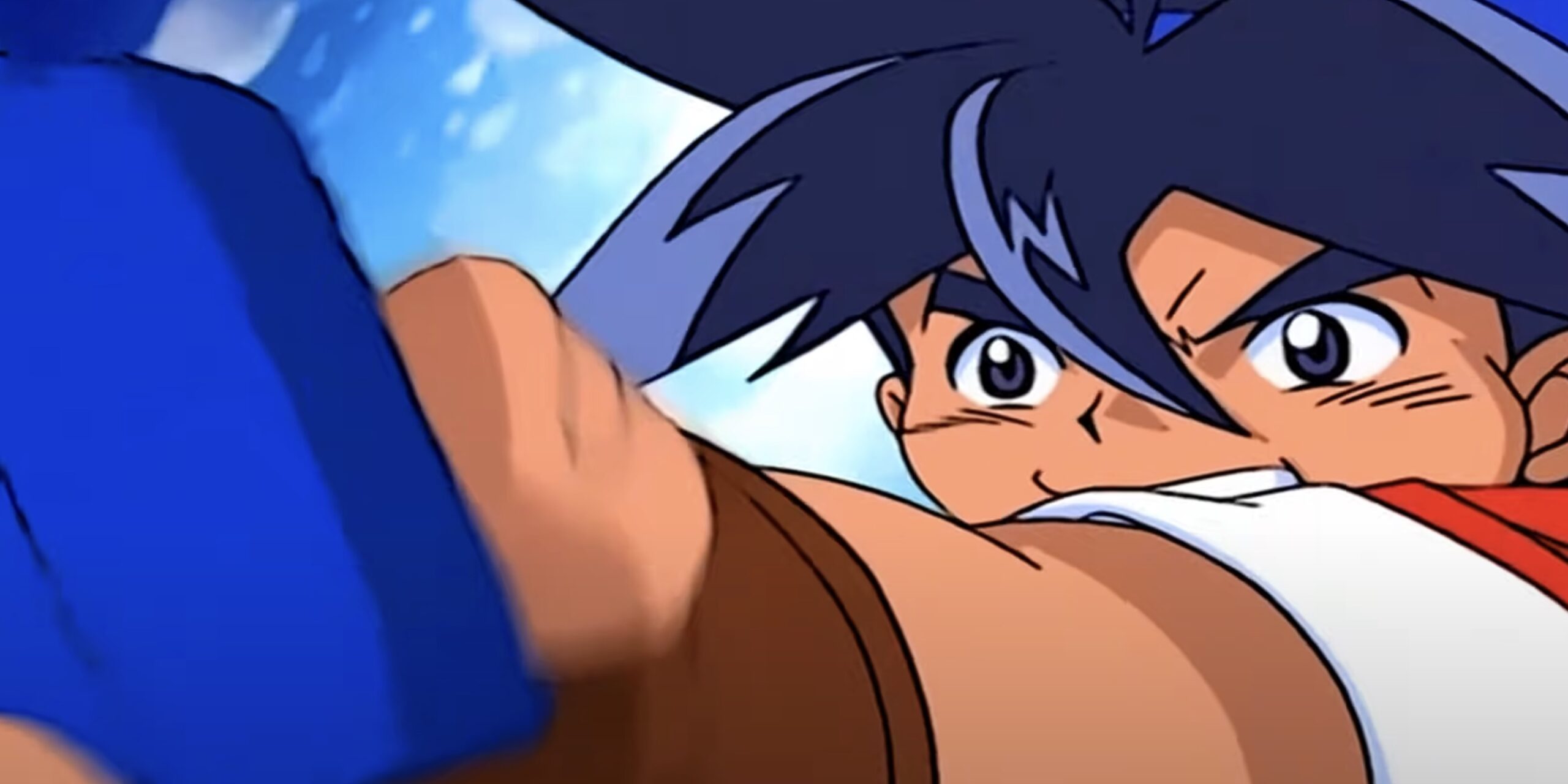
Animation studio ADK Emotions has partnered with Takara Tomy’s T-Licensing division to distribute the anime abroad.
Centered on protagonist Bird Kazami’s goal to go pro, the story depicts Bird teaming up with former champion X Kurosu to form Team Persona.
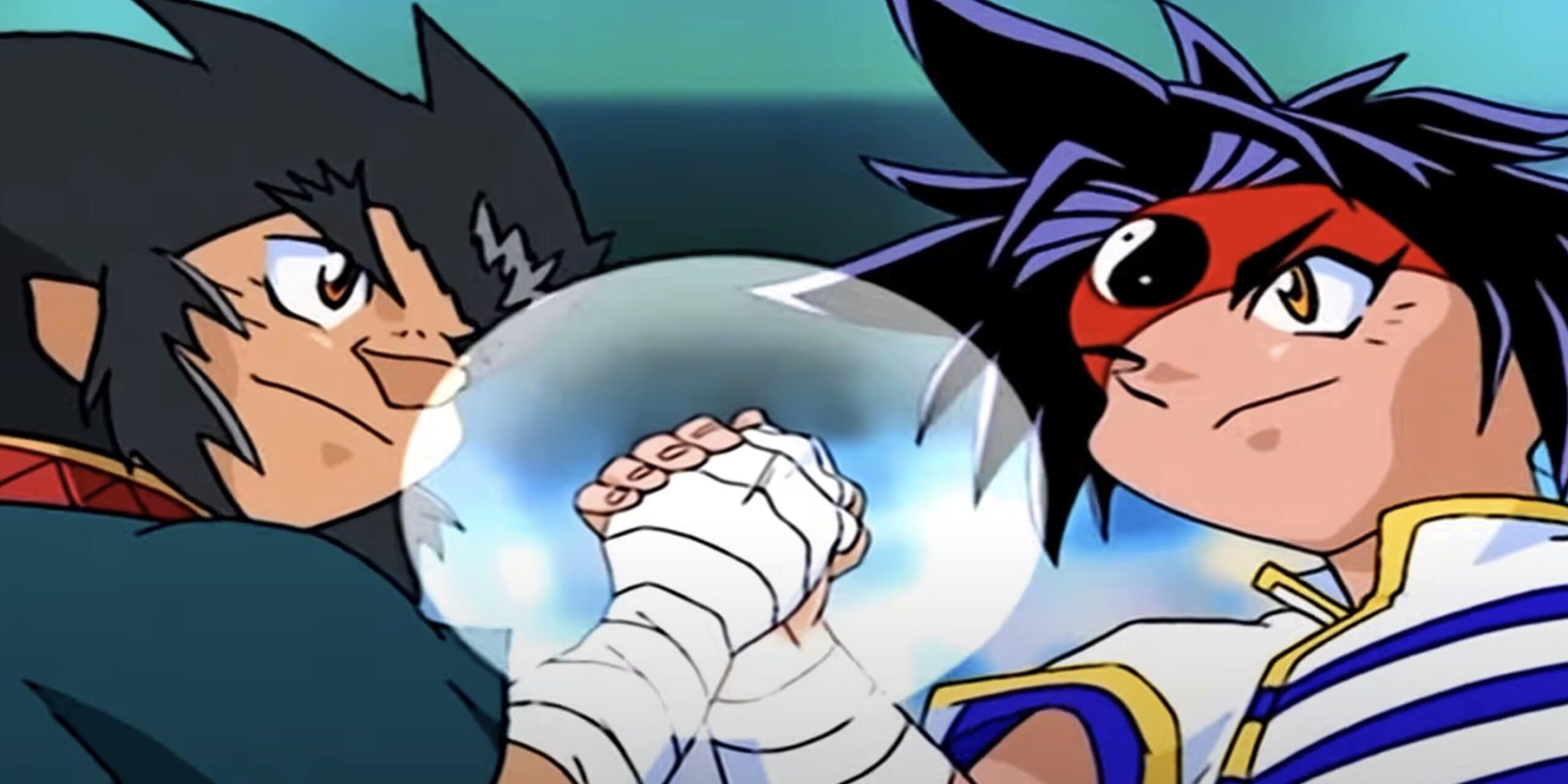
Together, they set their sights on conquering the apex X Tower tournament. However, greater challenges await that neither have witnessed before.
The anime promises battles accelerated to intense new extremes, with upgraded Beyblades ushering in an evolved competitive era.
While staying true to the franchise’s spirit of progression, this next chapter also continues pushing the boundaries of the unknown.
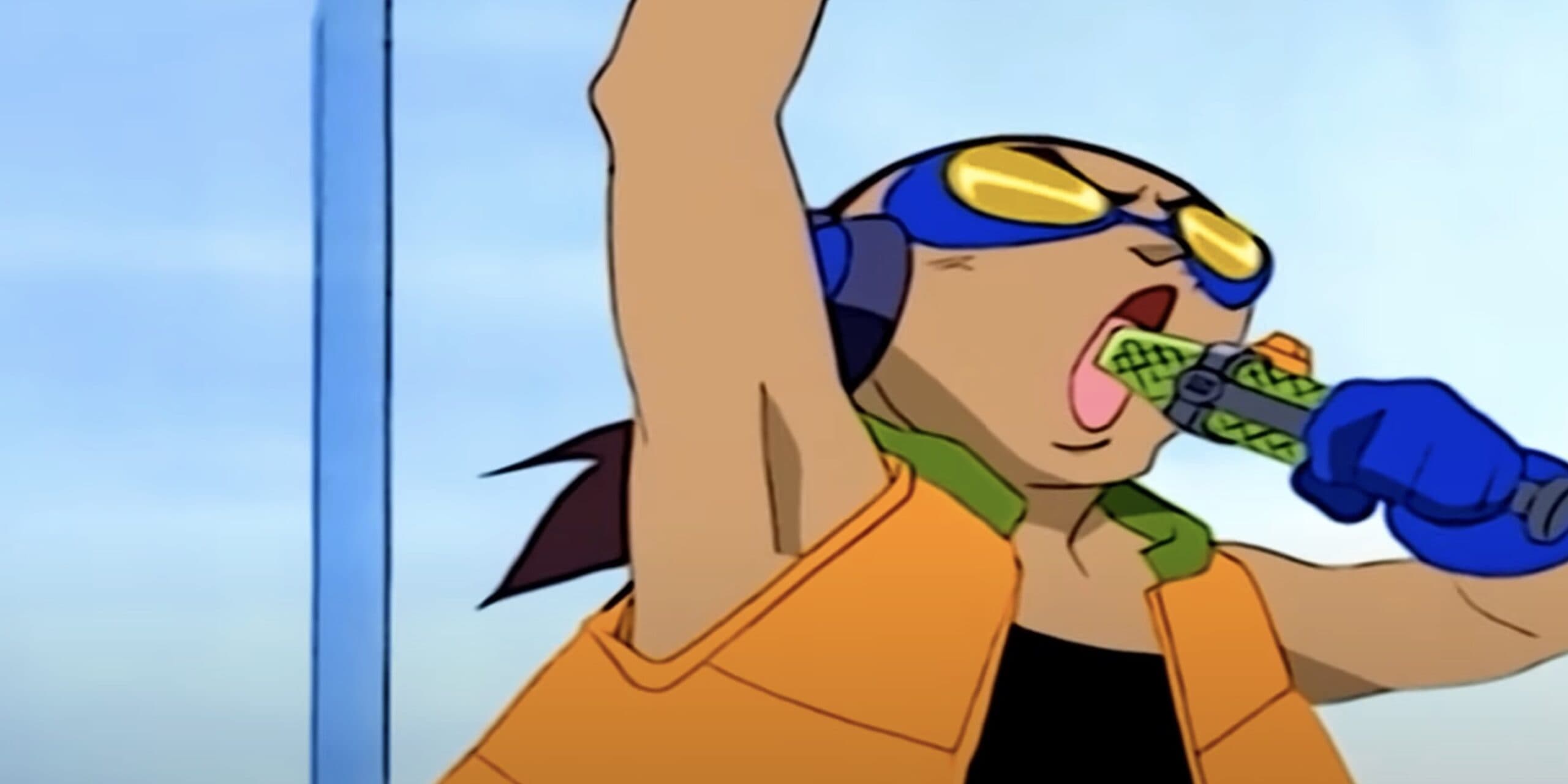
As the tagline conveys, there are aspects of the show still “yet unseen and invisible” – a mysterious ‘X’ factor that keeps viewers guessing what heights the series might reach next.
It’s an aspirational message about constantly stepping into uncharted territory on the path toward realized potential.
More About Beyblade
The original Beyblade series follows a determined team of young teens aiming to become the world’s greatest competitive spin-top players or Beyblade.
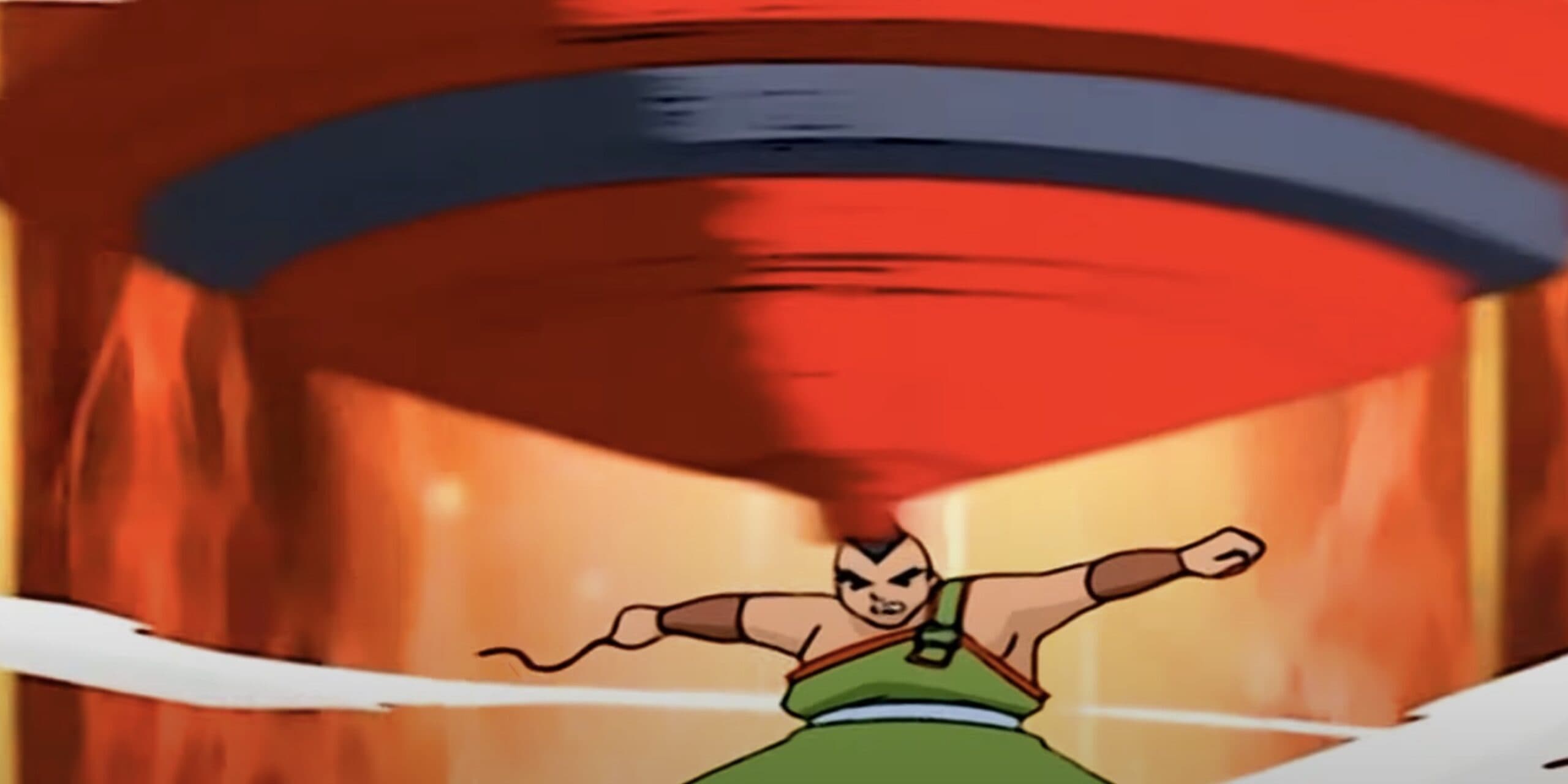
Led by passionate 13-year-old Tyson Granger, the aptly named Bladebreakers to recruit fellow specialists to join their quest. These include the brooding Kai Hiwatari, optimistic Max Tate, focused Ray Kon, and genius strategist Kenny.
Each teammate brings unique skills and their mystical spirit partners called bit beasts inhabit their spinning blades.
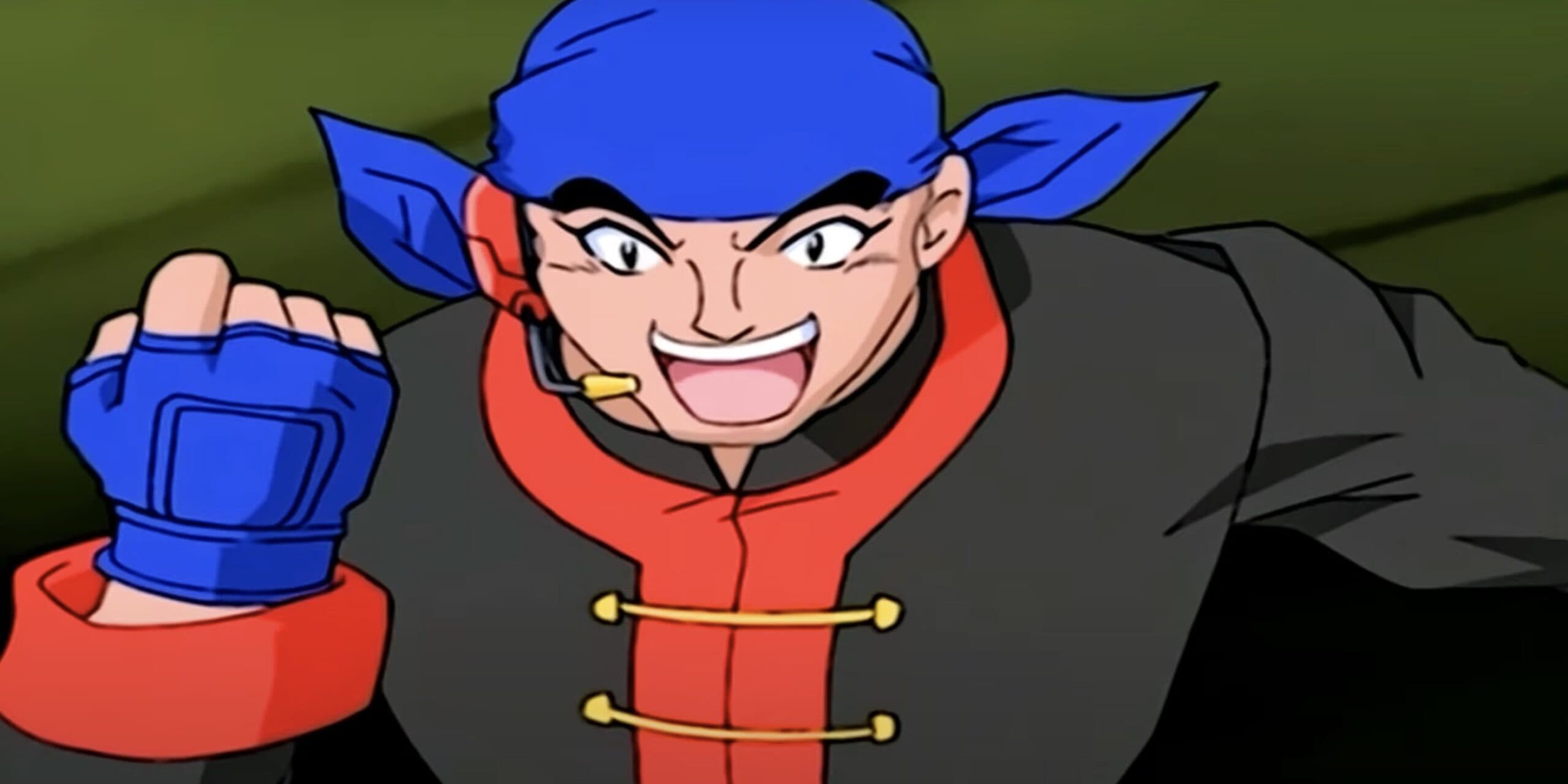
With tight-knit teamwork, complementary strengths, advanced beyblade engineering, and supernatural power boosts from their bit-beasts, this ambitious crew strives towards perfecting their beyblading craft.
Through many gripping battles across tournaments and continents, Tyson and his loyal friends demonstrate the true meaning of excellence – diligent training of body and mind, trusting and understanding your teammates, respecting your competitors, maintaining composure under immense pressure, and above all, never abandoning the blading spirit inside you that drives ultimate competitive purpose.





